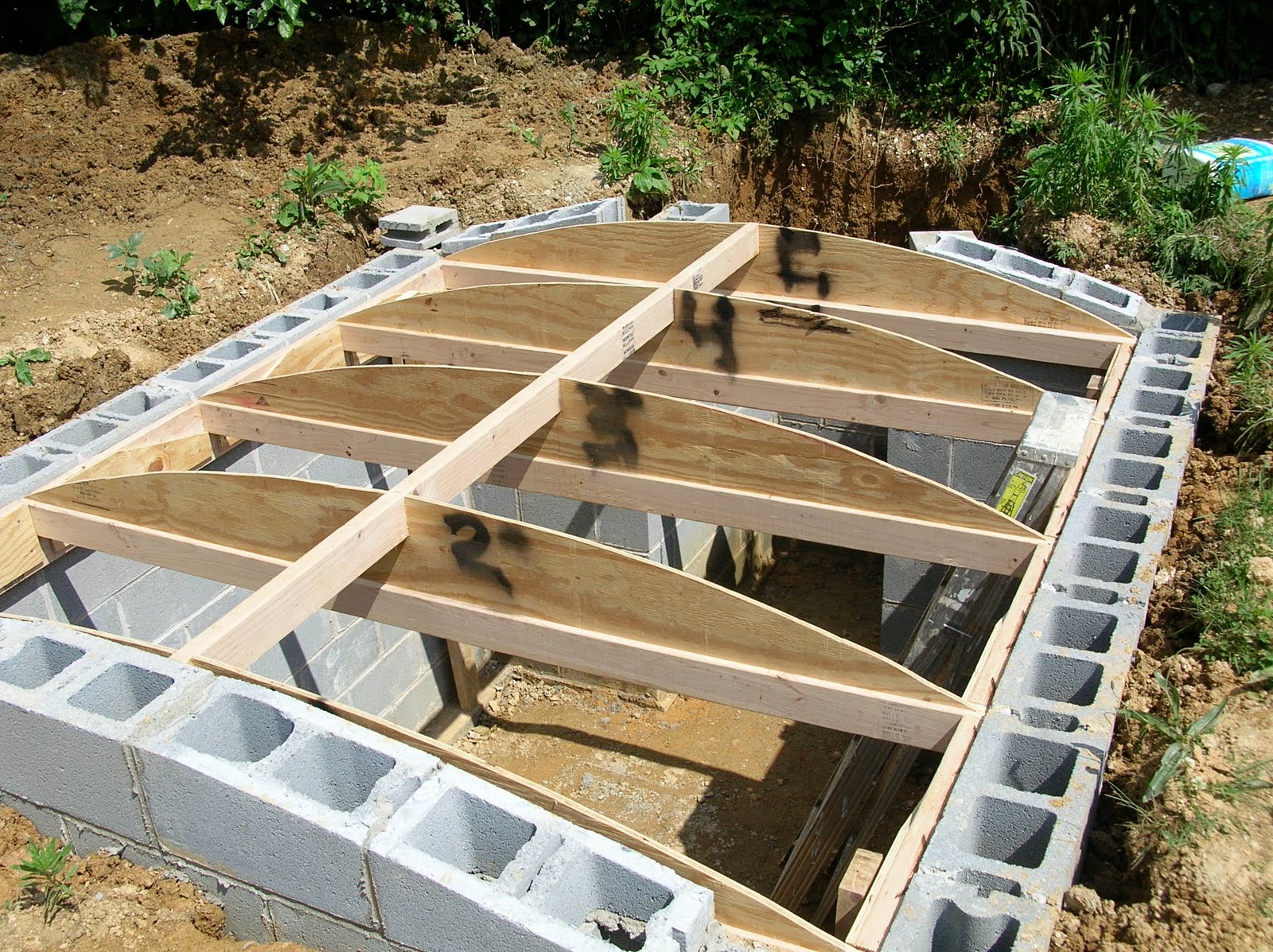

Today’s root cellars are really not much different, and potatoes and apples are two eminently storable farm products.
Modern root cellar full#
What can you plan on storing in your root cellar once you build it? Certainly, many of us probably have visions of root cellars in the 19th century, packed with bushels of apples and sacks full of potatoes. The temperature near the ceiling is usually 10 degrees warmer than elsewhere in the cellar, so the ceiling area is therefore appropriate for placement of produce that tolerates warmer temperatures well, such as onions, garlic and shallots. The temperature in a root cellar is never uniform. Temperatures above 45 degrees F cause toughness in most stored vegetables, and encourage undesirable sprouting and considerably more rapid spoilage. Temperatures inside the home, even in basements, are noticeably warmer, so food stored inside the house has a tendency to spoil much more rapidly than food stored in a cooler root cellar. This coolness also has benefits during the winter, as maintaining food at a temperature just slightly above freezing has the effect of slowing deterioration and rot. A well-insulated root cellar can keep the food inside 40 degrees cooler than the summertime temperatures outside. They were, essentially, the first refrigerators. The basis of all root cellars is their ability to keep food cool. The eastern halves of America and Canada contain thousands of old root cellars, and the small Newfoundland town of Elliston actually claims the title of “Root Cellar Capital of the World,” and boasts of over 135 root cellars, some dating back 200 years. It took the right combination of cool winters and hungry Englishmen to finally invent the concept of root cellars.Ĭertainly the most notable practitioners of root-cellar arts were the early colonists that arrived in North America from the United Kingdom. It might seem surprising that the great civilizations of China and Egypt did not develop root cellars, but the Chinese were the masters of food preservation via salting, pickling and the additions of spices the Egyptians, residents of an arid environment, were the masters at drying food. Underground storage facilities from the Iron Age have been discovered, and the Etruscans commonly buried their immature wine, but the actual use of walk-in root cellars as a means to prolong the freshness of fruit and vegetable crops was probably an invention that occurred in 17th century England. In the process, they also discovered the phenomenon of fermentation, and ever since, alcoholic beverages have been a large portion of those products stored in underground repositories. Records indicate that over 40,000 years ago they grew large amounts of yams and developed the technique of burying their produce in order to preserve it for future use. Native Australians were the first people to take advantage of the cooling and insulative properties of buried foodstuffs in the earth. Root cellars, the ancient technology that makes such scenes possible, are currently experiencing a rediscovery, but not merely because of the pleasures of eating self-grown food, but also because of the actual possibility of reducing expenses and providing for significant food storage in times of potential trouble. For those of us attracted to the romantic aspects of small-farm life, this is an appealing scenario.


You stroll out into the garden, picking ripe fruits and vegetables, knowing that come February you’ll still be enjoying their freshness.


 0 kommentar(er)
0 kommentar(er)
